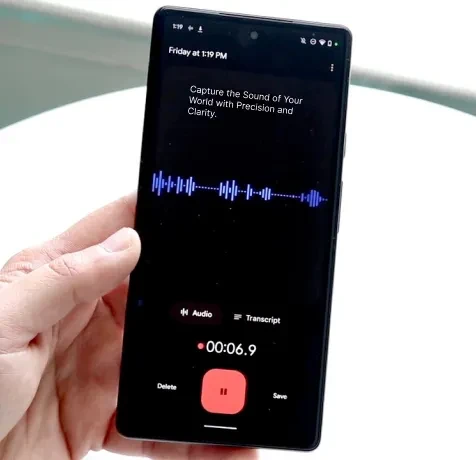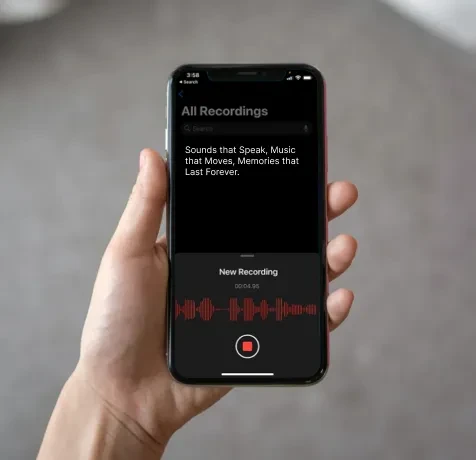Speech-to-Sign Language Translation
Home » Case Study » Speech-to-Sign Language Translation
Project Overview:
Objective
The objective of this project is to develop a robust speech-to-sign language translation system that can convert spoken language into sign language in real-time. This system aims to bridge communication gaps between the deaf and hearing communities, enabling more inclusive and effective communication.
Scope
The project involves creating a comprehensive dataset of spoken language and corresponding sign language gestures, training machine learning models, and developing a user-friendly interface for real-time translation.




Sources
- Spoken Language Recordings: Collecting audio recordings of various languages and dialects, covering a wide range of topics and contexts.
- Sign Language Gestures: Capturing video recordings of sign language interpreters or native sign language users signing the spoken language sentences.
- Deaf Community Collaboration: Partnering with deaf individuals and sign language experts to create authentic sign language annotations.



Data Collection Metrics
- Total Audio Recordings: 10,000 sentences
- Total Sign Language Gesture Recordings: 10,000 sentence
Annotation Process
Stages
- Audio Transcription: Transcribing spoken language recordings into text.
- Sign Language Annotation: Annotating video recordings with corresponding sign language gestures.
- Model Training: Developing machine learning models that can map spoken language text to sign language gestures using the annotated data.
Annotation Metrics
- Audio Transcriptions: 10,000 sentences
- Sign Language Annotations: 10,000 sentences




Quality Assurance
Stages
Quality Control: Implementing a validation process involving deaf community members and sign language experts to review and verify the accuracy of sign language annotations.
User Feedback: Collecting feedback from deaf individuals and sign language interpreters to continuously improve the translation system’s accuracy and usability.
QA Metrics
- Annotation Validation Cases: 2,000 (10% of total)
Conclusion
The Speech-to-Sign Language Translation project represents a significant advancement in inclusive communication technology. By combining a robust dataset, accurate annotations, and user feedback, this project aims to create a powerful tool for bridging the communication gap between the deaf and hearing communities, enhancing accessibility and promoting inclusive communication worldwide.

Quality Data Creation

Guaranteed TAT

ISO 9001:2015, ISO/IEC 27001:2013 Certified

HIPAA Compliance

GDPR Compliance

Compliance and Security
Let's Discuss your Data collection Requirement With Us
To get a detailed estimation of requirements please reach us.
